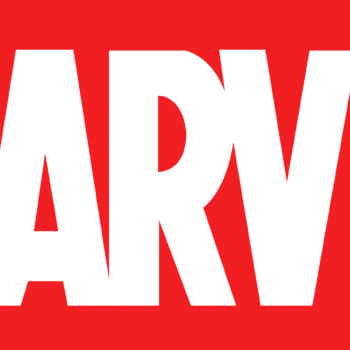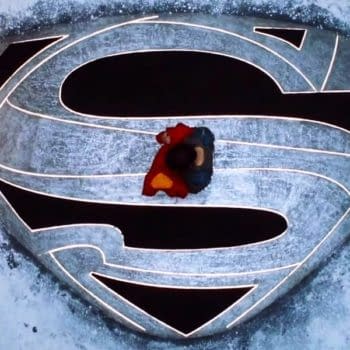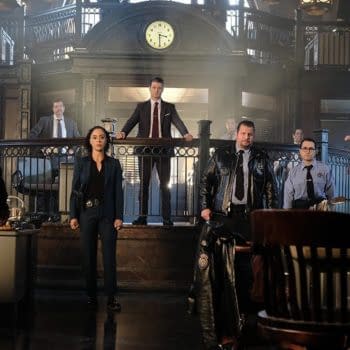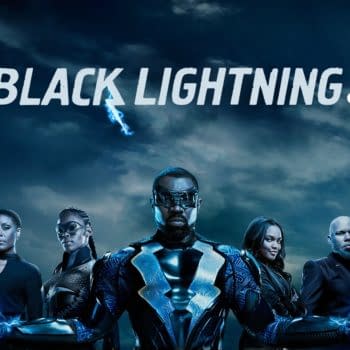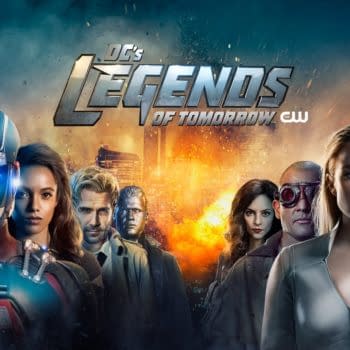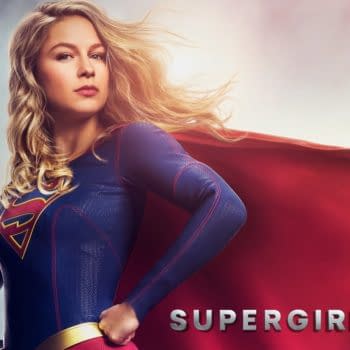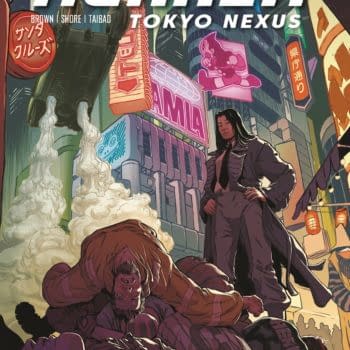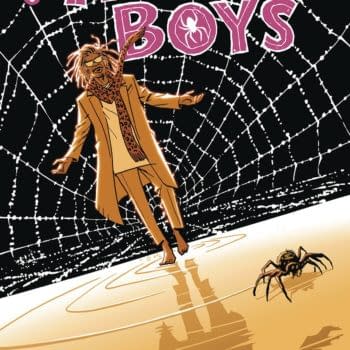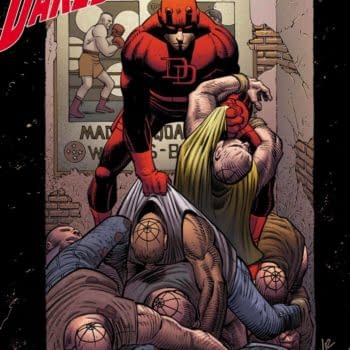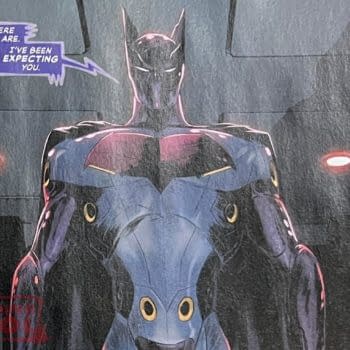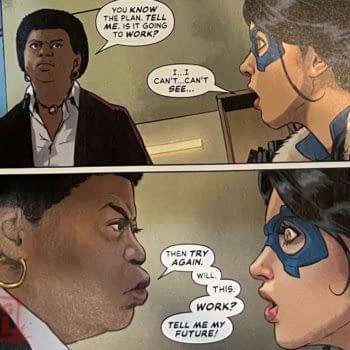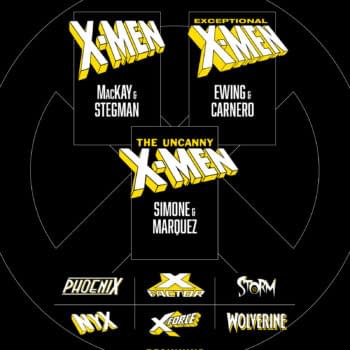Posted in: Comics | Tagged: Comics, david liss, dynamite, entertainment, green hornet, Reign of the Demon
Putting The Green Hornet Against Another Costumed Vigilante
Dynamite has sent us a Writer-2-Writer interview where Jesse Hamm, co-writer of Flash Gordon: Kings Cross #3, talks with writer David Liss about Green Hornet: Reign of the Demon #2, both on sale now. Cover by Ken Lashley and interiors by Kewber Baal.

DAVID LISS: When I first discussed this story with Dynamite, we agreed that it would be fun to have the Hornet go up against a masked villain rather than a more conventional criminal or criminal organization. I loved the idea, but I also thought it would be interesting to have him face a different kind of challenge: Another costumed vigilante – or at least someone who claims to be a vigilante. I've always been fascinated by the pressures on this character, who wants to be a hero, but is always known as a villain. I liked the idea of having him deal with a costumed vigilante in his own backyard who the city praises as the hero Hornet can never be.
JH: The Green Hornet and Kato are a pair we usually see working together. Would these characters work just as well in their own books, or is the "duo dynamic" an essential part of their appeal?
DL: These are both rich, fully-realized characters, and either of them could work alone, but I suspect they work better together. I'm not sure every writer would feel this way, but I'd actually be more interested in creating a solo Kato than a solo Green Hornet adventure. It's always interesting to write about a character coming out of another figure's shadow, and while everyone in the fictional universe knows that Green Hornet is a force to be reckoned with, Kato's power, intellect and heroism don't get as much attention. Ultimately, though, these two characters balance and counter one another in ways that I've always enjoyed as a reader and have enjoyed in this series as a writer.
JH: The Hornet's adventures take place several decades ago. Does this period setting present special challenges in the writing? Are there aspects of this period that you find easier to write than stories set in modern times?
DL: I love writing pulp heroes in their original historical setting. There's a kind of raw energy when you have relatively isolated figures working in the shadows against unknown enemies. In the modern world, with surveillance and the internet and cell phones, you can tell bigger stories, but I love the kind of primal, claustrophobic stories the past offers. Without the advantages of modern technology, learning basic facts about a case or an enemy often provide huge challenges and genuine dangers, so for a writer, I think the setting is all gain and no loss.
JH: Were there particular elements from prior incarnations of the Green Hornet that you wanted to emphasize in this storyline?
DL: In Mark Waid's run I really liked how he teased out tension between the Hornet and the people in his circle, especially Kato. You need to be at least a little arrogant to do what Britt Reid does, but that arrogance can also lead to tensions in those close relationships. I absolutely wanted to build on that and show that these characters are heroes, but that doesn't mean they don't make mistakes or aren't full of self-doubt.
JH: Following up on the above, are there any elements from past versions of the Green Hornet that you chose to discard or deemphasize?
DL: Early iterations of Green Hornet, just like early iterations of pulp characters, tended to be a little two-dimensional, and those stories tended to represent the often-oblivious sexism and racism of that time. The trick is to take the timeless qualities of these characters and find ways to make them more believable and fully realized and representative of modern values.
JH: What would you say most distinguishes the Green Hornet and Kato from other costumed vigilantes?
DL: The major thing, of course, is that they have to pretend to be villains, always shaping public perception to make sure nothing they do comes across as heroic. Part of what I wanted to do was show the psychological and sometimes physical cost of this kind of deception. I'm also interested in the much more practical and physical consequences of the masquerade. Green Hornet threatens and bullies people, even innocent people, into cooperating with him.








